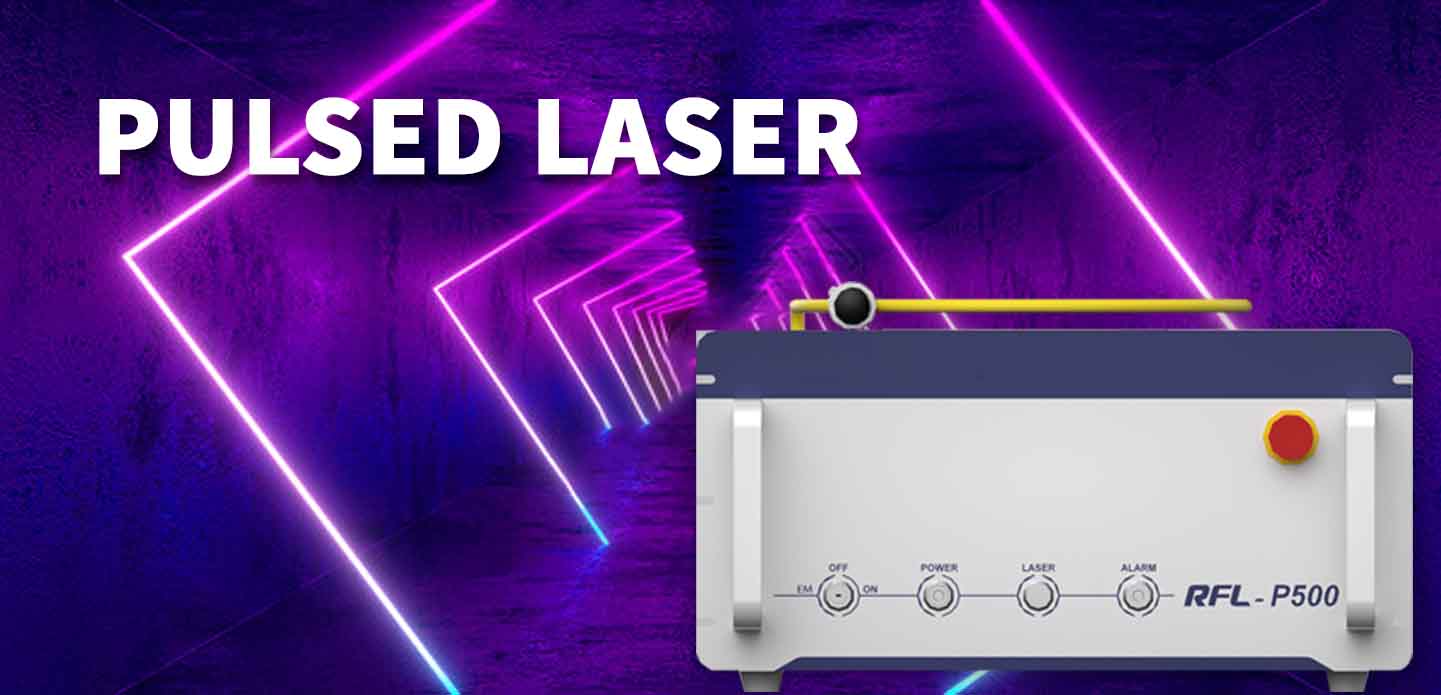In the world of photonics, the precision of measurements is crucial, especially when dealing with high-power lasers. The pulsed laser power meter stands out as an essential instrument for industry professionals and researchers aiming to monitor and characterize laser systems accurately. This article delves into the importance of using a pulsed laser power meter, its functionality, various applications, and tips for achieving optimal performance in laser power measurements.
The Basics of Pulsed Laser Power Measurement
Laser technology has revolutionized numerous fields, from telecommunications to material processing and medical procedures. Pulsed lasers differ vastly from continuous wave lasers, as they deliver energy in short, intense bursts rather than as a constant beam. This property necessitates specific measurement techniques, which are effectively managed by a pulsed laser power meter.
Pulsed laser power meters are finely tuned to measure the peak power of laser pulses, typically expressed in watts or joules per pulse. These instruments are vital in ensuring that the output of a pulsed laser meets the required specifications and safety standards, particularly in applications where precision and efficiency are paramount.
How a Pulsed Laser Power Meter Works
A pulsed laser power meter operates based on measuring the pulse duration and energy of the laser light. Typically, these meters feature sensors that are sensitive to the intensity of light emerging from the laser source. As a pulse of light strikes the sensor, the device captures and analyzes the energy received over a defined period. The result is a measurement of the peak power of the pulse, which can be recorded and analyzed for various applications.
Many modern pulsed laser power meters utilize advanced technologies such as thermopile sensors or photodiodes, allowing for enhanced sensitivity and accuracy in measurements. Additionally, some models incorporate digital interfaces for easy data processing and connectivity with computers or control systems, streamlining workflows for researchers and engineers alike.
Applications of Pulsed Laser Power Meters
Pulsed laser power meters find use in various fields, each requiring specific characteristics of laser performance to achieve desired results. Here are some key areas where pulsed laser power meters prove indispensable:
1. **Research and Development**: In laboratories where innovative laser technologies are developed, accurate measurement is critical. Pulsed laser power meters provide researchers with vital data to fine-tune laser parameters, enhancing performance for experimental setups.
2. **Medical Applications**: Lasers are commonly used in medical procedures such as surgical cutting, skin treatments, and eye corrections. Monitoring the output of lasers ensures safety and efficacy during procedures. The ability to measure pulsed laser power in real-time can significantly affect patient outcomes.
3. **Industrial Manufacturing**: High-power lasers are increasingly employed in cutting, welding, and engraving in various industries. A pulsed laser power meter helps maintain consistency in production processes by ensuring that laser outputs remain within established tolerances, thereby improving quality control.
4. **Telecommunications**: In the telecommunications sector, pulsed lasers are utilized in fiber-optic communication systems. Accurate measurements of laser power and pulse characteristics are critical for optimizing signal integrity and transmission.
5. **Aerospace and Defense**: Laser technology is integral to various applications in aerospace and defense, including ranging, guidance systems, and remote sensing. Using a pulsed laser power meter helps monitor laser systems’ performance and reliability in demanding environments.
Optimizing Performance with Pulsed Laser Power Meters
To maximize the effectiveness of a pulsed laser power meter, several best practices should be followed:
– **Regular Calibration**: Just like any measurement tool, periodic calibration of a pulsed laser power meter is essential for maintaining accuracy. Check the manufacturer’s guidelines for calibration intervals.
– **Proper Setup**: Ensure that the laser and power meter are correctly aligned. Misalignment can lead to inaccurate readings and unreliable data.
– **Temperature Control**: Environmental factors can influence measurement accuracy. Utilizing the power meter in a controlled temperature environment will minimize the effect of thermal fluctuations.
– **Data Analysis**: Make use of software tools for advanced data analysis. Many pulsed laser power meters come equipped with data analysis software that can be beneficial for interpreting complex measurement results.
Conclusion
In conclusion, a pulsed laser power meter is an invaluable tool for anyone working with high-powered lasers, offering precise and reliable measurements that are essential across various sectors. By understanding its functionality, applications, and maintenance practices, users can harness the full potential of this technology, ensuring safe, effective, and high-quality laser operations. As laser technology continues to evolve, the role of pulsed laser power meters will undeniably become even more critical in shaping the future of both research and industry.






